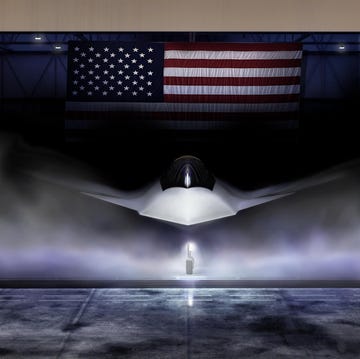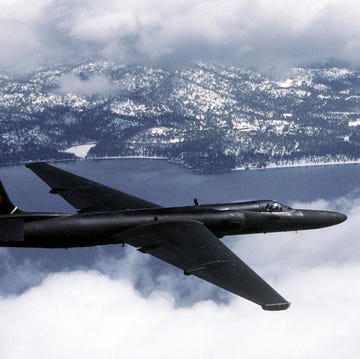China just tested a hypersonic aircraft that could fire nuclear missiles at up to six times the speed of sound. The aircraft, called Starry Sky-2, can zoom across the sky at speeds of up to 4,563 miles per hour, and can switch directions abruptly mid flight (which means it could potentially bypass current missile defense systems).
The Starry Sky-2 launched in a multistage rocket, then continued to soar at about Mach-5.5 for 400 seconds. The aircraft performed numerous maneuvers at an altitude of about 18 miles before landing. The aircraft is a type of “waverider” vehicle, which allows the aircraft to surf on its on the shockwaves of its own supersonic lift.
According to the Global Times, U.S. intelligence anticipates that China’s first hypersonic missiles will be combat ready around 2020. The latest development, according to Song Zhongping, a military expert and TV commentator, “showed that China is advancing shoulder to shoulder with the US and Russia.”
The rapid speed of hypersonic vehicles make them potentially devastating weapons: their high maneuverability means that traditional defense systems may be helpless against them, and their hyperspeed leaves attacked nations less time to plan or execute responses. More importantly, according to the Rand Corporation,“maneuverability can potentially provide HGVs the ability to use in-flight updates to attack a different target than originally planned…. With the ability to fly at unpredictable trajectories, these missiles will hold extremely large areas at risk throughout much of their flights.”
Meanwhile, the U.S. and Russia continue their work on their own hypersonic weapons. In April 2018, Lockheed Martin got a $928 million contract to develop a hypersonic missile that can travel faster than the speed of sound
(source: Livescience / National Interest)

Laura Yan is a writer in Brooklyn. Her writing has appeared in Wired, GQ, The Cut, Pacific Standard, Longreads, The Outline, and elsewhere.













